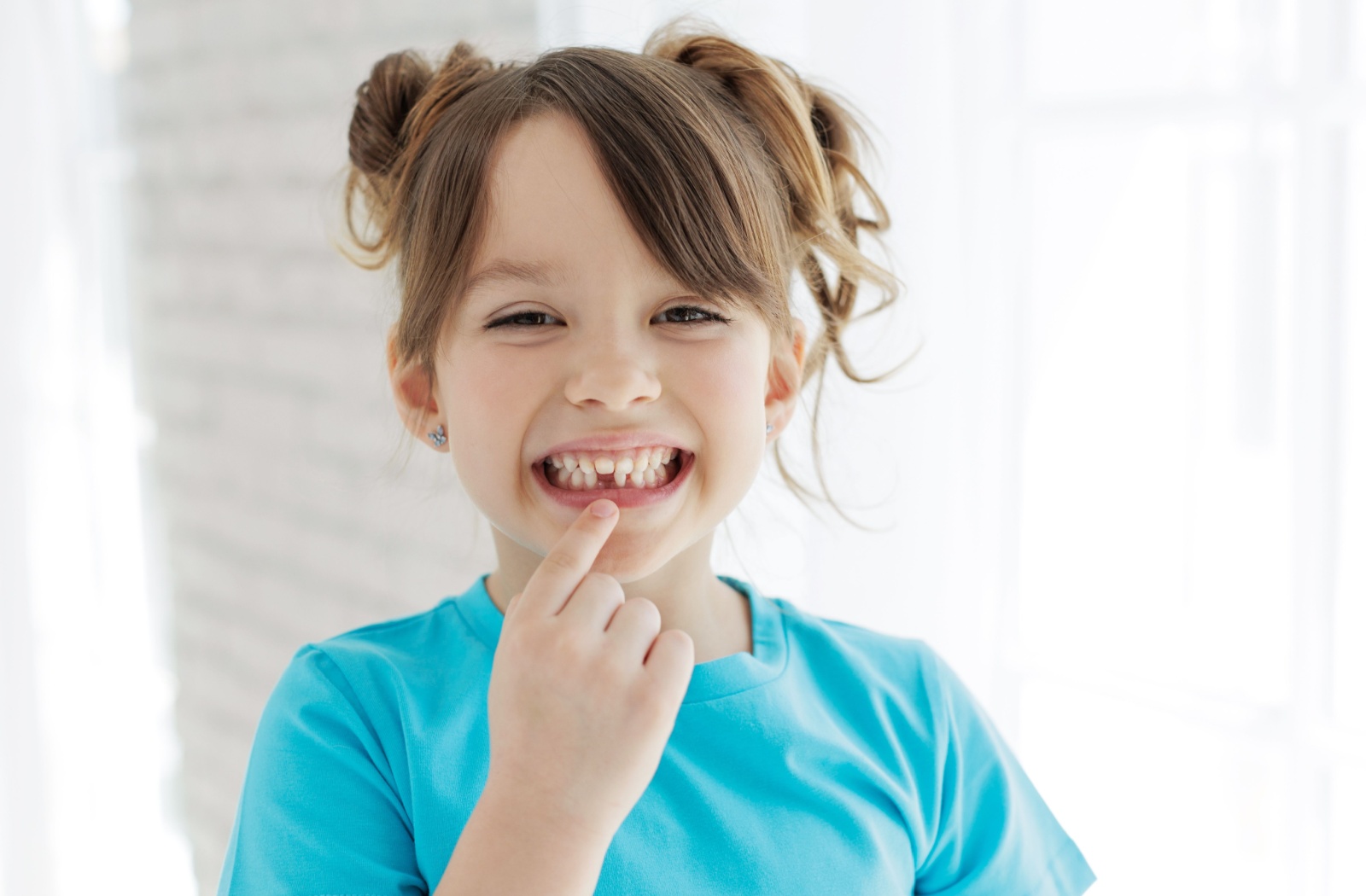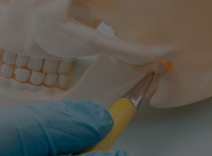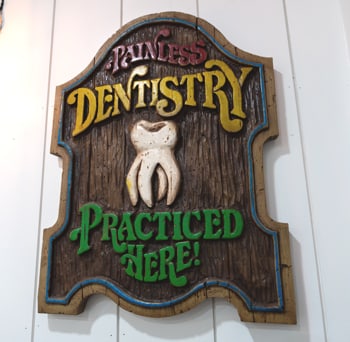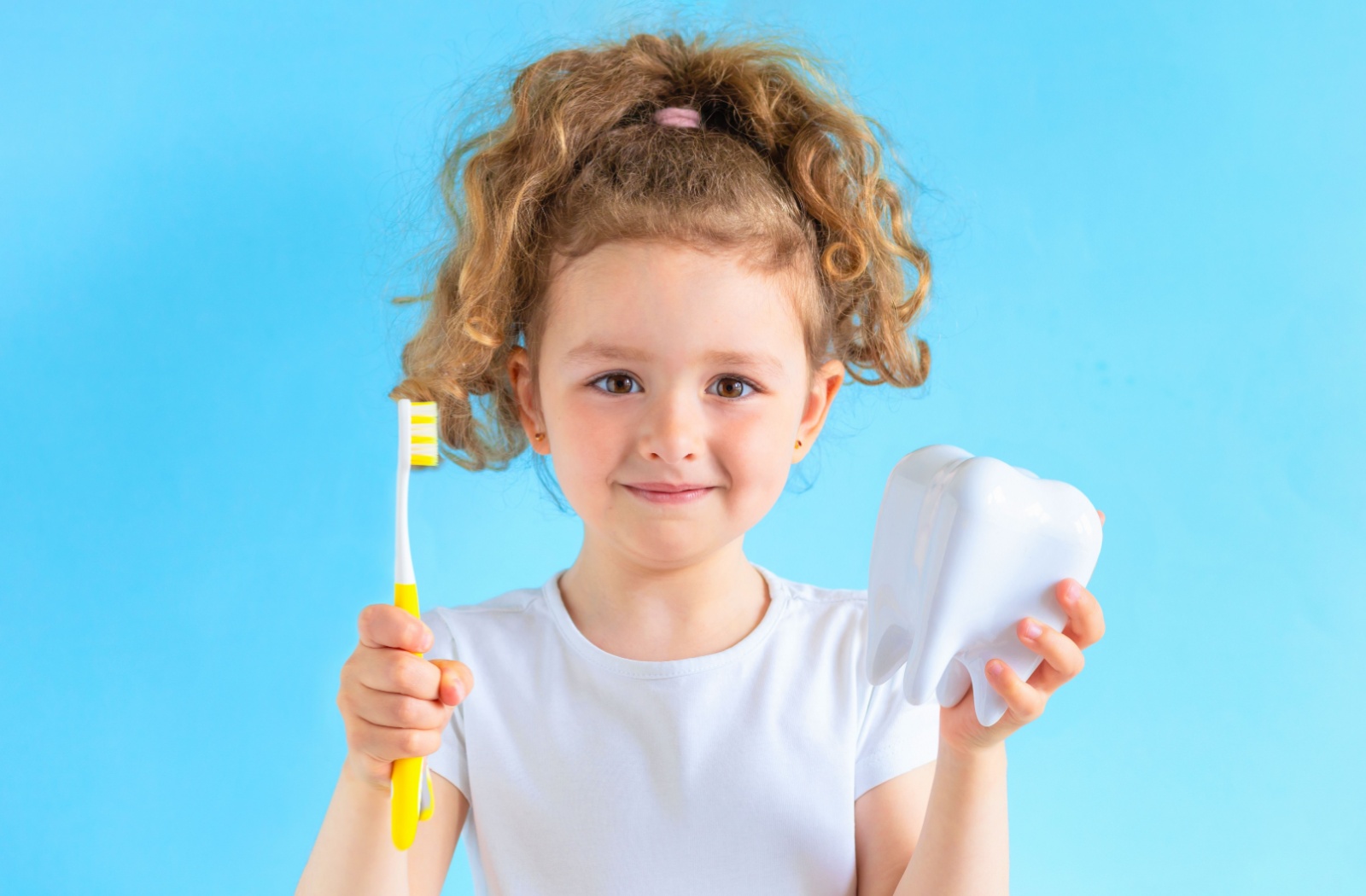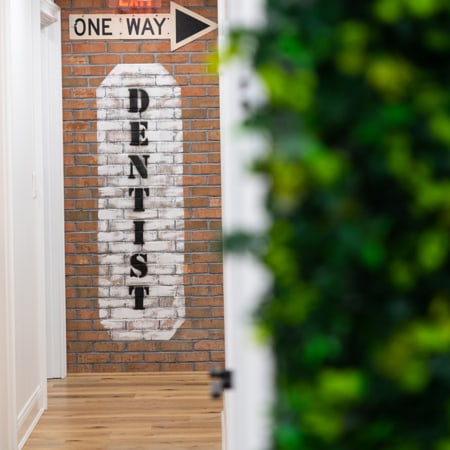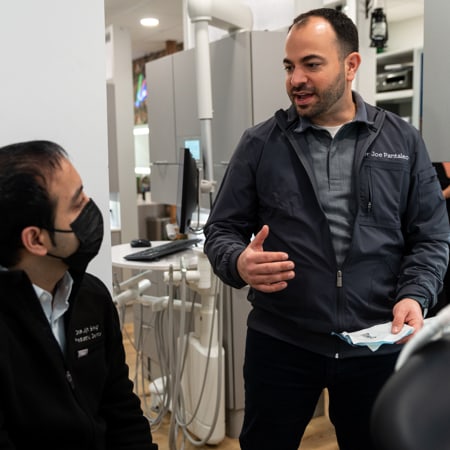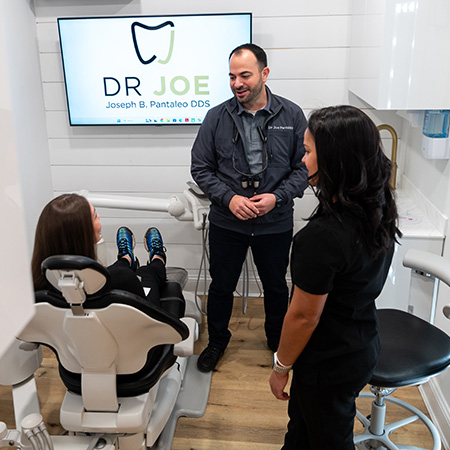Expecting a visit from the tooth fairy soon?
Losing baby teeth is an exciting milestone in childhood. For kids, it can feel like a rite of passage; for parents, it’s often a mix of curiosity and concern. Most kids start to lose their first teeth at about the age of 6, though this can depend on a variety of factors.
Understanding when and how kids lose their teeth can help you support your children through this natural process. Plus, if you ever have concerns or questions about your child’s oral health, our team at Dr. Joe Long Island is here to help.
When Do Kids Usually Lose Their First Tooth?
Most children lose their first baby tooth at age 6, though it’s normal for this to happen anywhere between ages 5–7. Regardless of whether your child starts this process earlier or later than their peers, it’s usually nothing to worry about. Every child develops at their own pace, and timing often depends on genetics or other factors, such as when they first got their baby teeth.
The Order of Tooth Loss
Baby teeth typically fall out in the same order they came in. Here’s what you can expect:
- Central Incisors (Front Teeth): The first to go, usually between ages 6 and 7.
- Lateral Incisors: Next to the central incisors, these follow soon after.
- Canines & Molars: These come out later, around ages 9 to 12.
- Second Molars: The last to fall out, often by age 12 or 13.
By the time kids hit their early teens, most will have lost all 20 baby teeth and have a full set of permanent teeth.
Why Do Baby Teeth Fall Out?
Baby teeth, or primary teeth, serve as placeholders for permanent teeth. When the permanent teeth are ready to emerge, they push against the roots of the baby teeth, causing the roots to dissolve.
This process, known as resorption, ensures that baby teeth loosen gradually and fall out at the right time. It’s a natural part of oral development and paves the way for your child’s adult teeth to grow in properly.
In some cases, external factors like decay or trauma can cause premature tooth loss. If this happens, it’s important to consult with your child’s dentist to determine whether intervention, such as a space maintainer, is needed to protect the alignment of the permanent teeth.
How to Support Your Child Through Tooth Loss
Losing teeth can be an exciting but unfamiliar experience for kids. Here’s how you can help:
- Recognize the Signs: A tooth that wiggles freely and causes no pain is likely ready to come out soon. Encourage gentle wiggling, but avoid forcing it.
- Handle Discomfort: If your child experiences mild discomfort, over-the-counter pain relief or a cold compress can help. Foods like yogurt or mashed potatoes can also be easier to eat.
- Create Fun Traditions: Celebrate with a Tooth Fairy visit or another small reward to make the experience positive.
- Visit the Dentist: Regular checkups can ensure everything is progressing normally and that permanent teeth are coming in properly.
What If Tooth Loss Is Early or Delayed?
Early Tooth Loss
Losing a tooth too soon can result from injury, decay, or other factors. If this happens, a dentist may recommend a spacer to keep the spot open for the permanent tooth.
Delayed Tooth Loss
If your child hasn’t lost any teeth by age 8, consult a dentist. Delayed tooth loss can occur for various reasons, including genetics or an issue with permanent teeth developing underneath.
Building Healthy Dental Habits
Healthy habits ensure both baby and adult teeth stay strong, setting your child up for a lifetime of good oral health. Here are some essential practices to encourage:
- Brushing & Flossing: Teach your child to brush twice daily for at least two minutes and floss once a day. Use fluoride toothpaste and a soft-bristled toothbrush suitable for their age.
- Healthy Diet: Limit sugary snacks and drinks, as these can lead to tooth decay. Instead, focus on nutrient-rich foods like dairy for calcium, leafy greens for vitamins, and nuts for essential minerals.
- Hydration: Encourage your child to drink water, especially fluoridated tap water, which helps strengthen enamel and rinse away harmful bacteria.
- Mouthguards for Sports: Protect your child’s teeth during physical activities by investing in a well-fitted mouthguard.
- Regular Dental Visits: Routine checkups every six months allow dentists to monitor your child’s dental development, provide cleanings, and address potential issues early on.
- Model Good Habits: Children learn by example, so let them see you practicing good oral hygiene and maintaining regular dental visits.
FAQs About Losing Baby Teeth
When should I worry about my child losing teeth too early or late?
If tooth loss begins before age 4 or hasn’t started by age 8, consult your dentist for an evaluation.
Should I pull my child’s loose tooth?
It’s best to let the tooth fall out naturally. If it’s causing discomfort, encourage your child to wiggle it gently. Don’t forcibly remove the tooth.
What happens if a permanent tooth comes in before the baby tooth is out?
This is known as “shark teeth.” While it’s usually harmless, you should visit the dentist to see if intervention is needed.
Schedule Their Next Dental Cleaning with Dr. Joe Long Island
Losing baby teeth is a natural and important step in your child’s growth. While every child’s timeline is unique, understanding what to expect can help you easily guide them through this phase. If you have concerns about your child’s tooth loss or dental development, Dr. Joe Long Island is here to help.
Schedule a visit with us to ensure your child’s smile stays healthy and bright.


